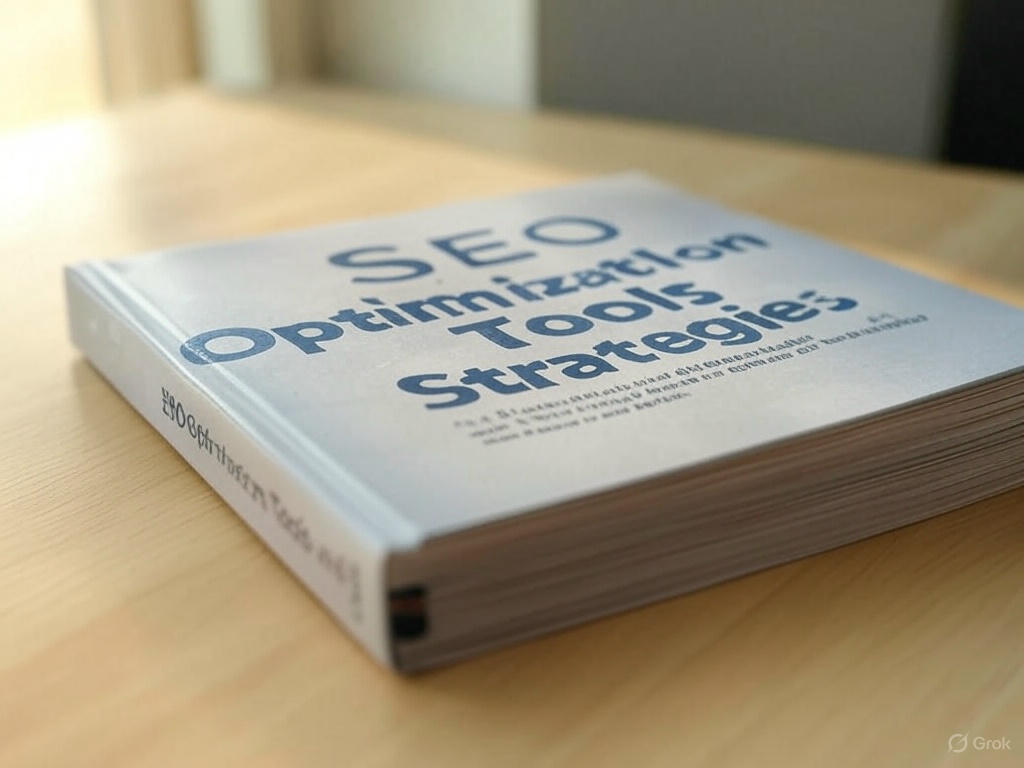So, you wanna dip your toes into the wild, wonderful world of the stock market, huh? Well, buckle up, my friend—because while it ain’t rocket science, it’s not exactly a walk in the park either. The good news? I’ve been there, messed up, learned the ropes, and now I’m handing you the treasure map. Let’s crack this code together, step by step.
Step 1: Get Cozy with the Basics
You can’t just throw your money at random stocks and hope for the best—unless your financial strategy is “wing it and pray.”
Here’s what you actually need to understand:
- What’s a stock? It’s a slice of ownership in a company. Like buying a piece of a giant pizza and hoping it turns into a buffet.
- Stock market vs stock exchange: The stock market is the big playground. Stock exchanges (like the NYSE or NASDAQ) are the actual slides and swings.
- Dividends, IPOs, and market caps: Learn the lingo or risk sounding like a tourist at Wall Street.
Pro Tip: Invest time in YouTube channels like Graham Stephan or books like The Intelligent Investor by Benjamin Graham. Trust me, it’s less boring than it sounds.
Step 2: Set Your Financial Goals (Don’t Skip This!)
Seriously, don’t invest a single rupee (or dollar) before knowing what you’re investing for.
- Are you saving for retirement?
- Dreaming of a beach house?
- Just wanna flex that investor status on Instagram?
Whatever it is, define your “why.” When I started, my goal was to grow a college fund. (Spoiler alert: I ended up using it for a trip to Goa—but hey, goals change.)
Step 3: Choose Your Investment Style
This is where the real personality test kicks in.
Are you:
- The hands-on type? Go for active trading. You’ll be buying and selling more than a teenager swaps Spotify playlists.
- The chill investor? Try passive investing, like index funds or ETFs. Set it and forget it, baby.
By the way, there’s no “one size fits all.” I tried day trading once and nearly cried over a stock dip. Now I sleep peacefully with long-term ETFs.
Step 4: Pick a Broker (Your Investing BFF)
You need a reliable stockbroker—think of them as the Tinder match who actually shows up and knows what they’re doing.
Look for:
- Low or zero commissions
- Easy-to-use mobile app
- Strong customer support
- Educational tools (bonus points for webinars!)
Popular choices? Zerodha, Groww, Upstox (for Indian folks), or Robinhood, Fidelity, and TD Ameritrade (for the US crowd).
Hot Tip: Don’t just go with what your cousin recommends at a wedding. Read reviews, test the app, and make an informed choice.
Step 5: Open a Demat & Trading Account
This one’s more paperwork-y but essential.
- Demat account: Stores your shares digitally.
- Trading account: Used to buy and sell them.
It’s like needing both a wallet and a shopping app. You can’t buy Biriyani without both the money and the Swiggy app, right?

Step 6: Learn to Analyze Stocks (Like Sherlock, But for Money)
This is where things get juicy. You’ve gotta learn how to judge a stock.
There are two types:
- Fundamental analysis – Dig into the company’s financials. Think balance sheets, P/E ratios, revenue growth, etc.
- Technical analysis – Study price charts, trends, and patterns. Great if you like feeling like a Wall Street wizard.
I once picked a stock just because the logo looked cool (facepalm). Don’t be me—analyze!
Step 7: Start Small (Yes, Really Small)
Don’t go all in like it’s a Vegas poker table.
- Begin with a small amount—an amount you wouldn’t cry over if it vanished.
- Diversify! Don’t put all your samosas in one tiffin box.
When I started, I invested in one pharma stock and watched it crash like a Bollywood breakup scene. A little mix of sectors would’ve softened the blow.
Step 8: Monitor, Learn, Adjust
Now that you’re in, stay alert like a cat on Red Bull.
- Read market news (but don’t obsess).
- Track your portfolio.
- Learn from every up and down.
Some days your portfolio will look like a fireworks show, other days like a horror movie. Both are normal.
Step 9: Control Your Emotions (Seriously)
Here’s where most people mess up. We’re emotional creatures.
- Fear makes you sell low.
- Greed makes you buy high.
The key? Stay cool. Remember, the market rewards patience, not panic.
When COVID hit, I panicked-sold a tech stock that later tripled. Tripled! That one still hurts.
Step 10: Keep Upgrading Your Knowledge
The market changes faster than Instagram trends.
So keep learning:
- Watch finance YouTubers.
- Join Reddit forums like r/stocks or r/IndianStreetBets.
- Read finance news daily.
Think of it like going to the gym—you’ve gotta keep training to see gains.
FAQ: Quick Answers to Burning Questions
Q1: How much money do I need to start investing?
You can start with as little as ₹100 or $10. Yep, investing isn’t just for the rich.
Q2: Is the stock market risky?
Absolutely. But so is crossing the street. With the right knowledge, you can minimize risk.
Q3: How long should I hold my stocks?
Depends on your goals. For long-term growth, aim for years—not days.
Q4: Can I lose all my money?
Yes, if you go all in without research. But diversified and informed investing usually protects you.
Q5: What’s the best stock for beginners?
Look into index funds or blue-chip stocks. They’re like the stable, reliable friends in your group.
Final Thoughts: So, Ready to Dive In?
The stock market isn’t some elite club for guys in suits yelling at giant screens. It’s for you, me, and anyone willing to learn. Just take it one step at a time.
Remember, every pro was once a newbie who googled “What’s an index fund?”
If this guide helped even a little, leave a comment below or share your “stock oops” moment—let’s laugh, learn, and grow together.
Ready to make your money work for you? Hit that follow button, drop your questions, or just say hi in the comments!
Until next time, invest smart and keep it chill!


















